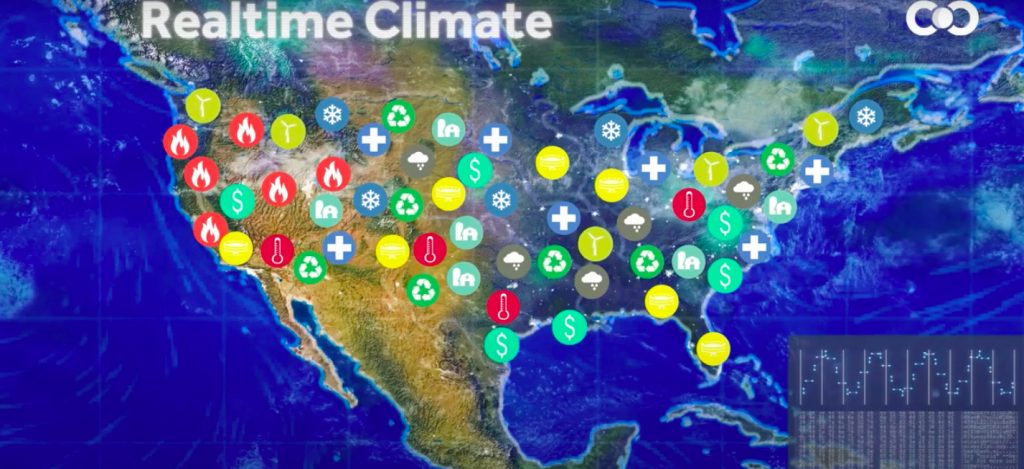
This article is part of our ongoing series, Changing Weather, focused on innovations in local weather coverage. This is the first of two reports highlighting free resources designed to help your newsroom bring the climate change story home to your viewers.
“In a world of climate change, the impacts are in our face right now. You’ve got a global issue, but how you feel it is local, and it’s personal,“ said Bernadette Woods Placky, the Chief Meteorologist at Climate Central, a nonprofit, non-advocacy organization analyzing climate science. “And what you do about it is local and personal.”
That’s the idea behind Climate Central’s newest venture: Realtime Climate, a free tool that meteorologists and other journalists can subscribe to, connecting local weather events to climate change, all in real time.
“There are so many demands on local meteorologists right now, like everyone working in the media across the board,” said Woods Placky. “So it makes it harder to really carve out time to do research and to dig deeper into certain topics. And so we tried to do that for people.”
Realtime Climate, introduced officially on June 21, is a “massive tech build,” according to Woods Placky. The tool essentially monitors local weather across the U.S. and finds connections to climate change using publicly available data from organizations like the National Oceanic and Atmospheric Administration (NOAA). The system scans for more than 10 weather conditions, everything from unusual heat to unusual rainfall, coastal flooding, air quality, allergies, and more. If the events are newsworthy, the system will trigger an automatic email to a Realtime Climate user in that geographic area. The email includes meaningful scientific data and high-quality graphics produced by Climate Central to help explain a local weather event as it relates to climate change.
Check out this Realtime Climate alert for Minneapolis.
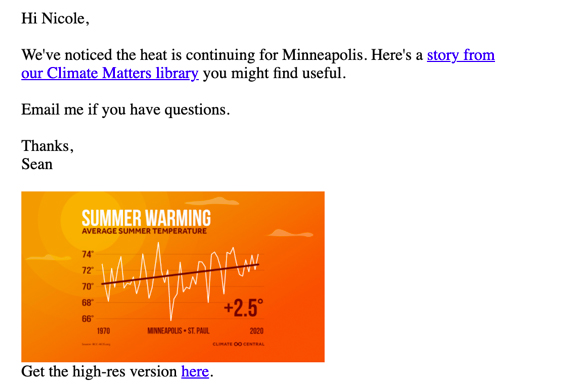
Climate Central already has a free national program that provides graphics, a climate archive, and story ideas to about 2000 members — meteorologists and other journalists. But what makes this new Realtime Climate tool different is that it’s localized and personalized.
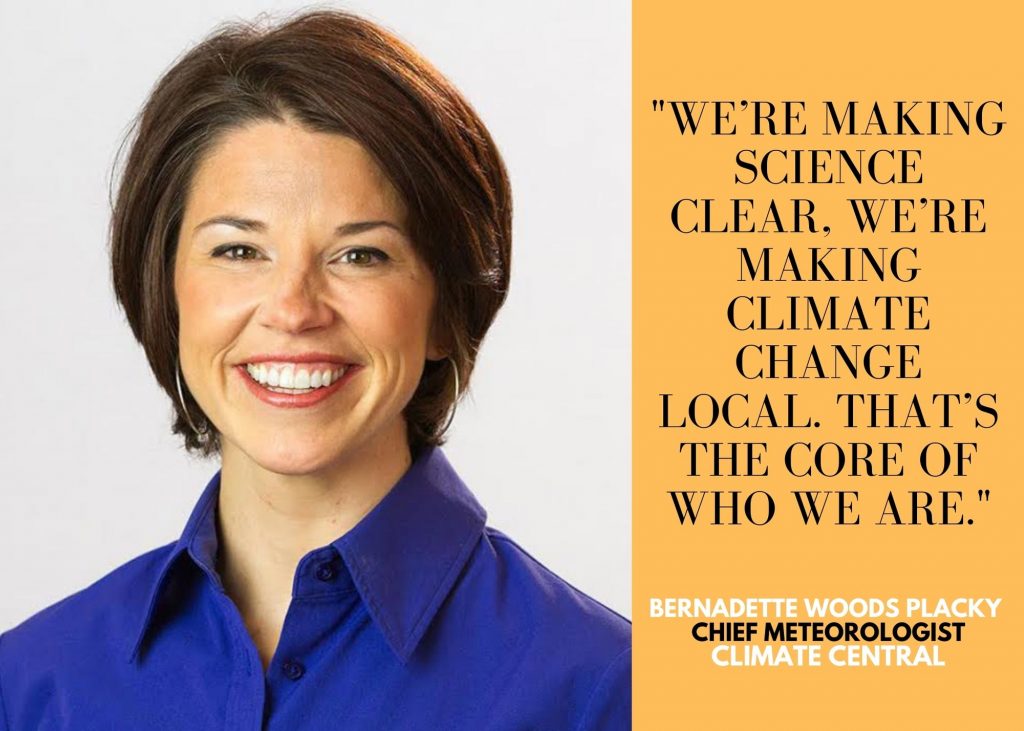
Although Realtime Climate is especially well suited to TV meteorologists, it’s a tool that any journalist can use. “All journalists out there are already doing climate stories, whether they know it or not,” said Woods Placky. “Honestly it’s unfortunate, but climate change is affecting all aspects of our lives at this point. There is almost always a climate connection.”
Audiences are yearning for more climate connections too. “One of the biggest misconceptions about climate change,” said Woods Placky, “is not even some of the disinformation that’s been put out about science itself, but people’s interest in the subject matter.” In fact, over 70 percent of Americans are interested in climate stories, according to public opinion data tracked from Yale University.
As a former local TV meteorologist for over a decade at Arkansas’s KNWA; Lexington, Kentucky’s WLEX; and Baltimore’s WJZ, Woods Placky’s goal was always “to be a value add, to be more than an app, to be more than something that you could just get online.”
Woods Placky says that one of her favorite features of the new tool shifts the focus from how climate change affects viewers to what communities can do about it. Realtime Climate alerts also include information on two climate solutions: wind and solar. Meteorologists can then use the data and graphics to answer compelling questions — How many homes could be powered? How many smartphones could be charged? — all helping to make climate change a part of the daily conversation.
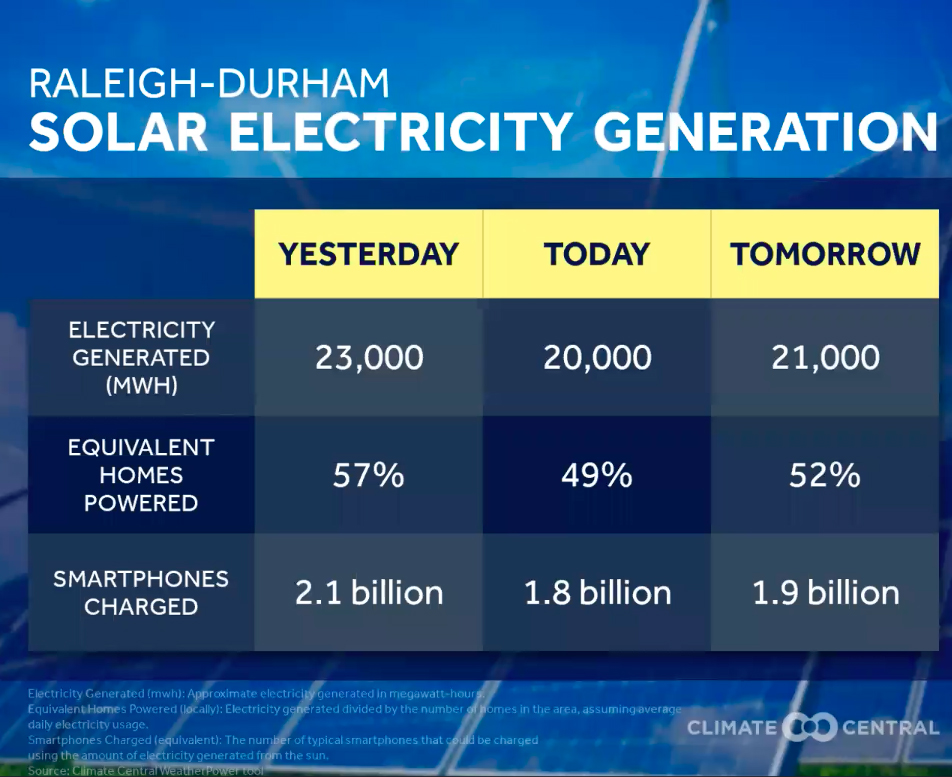
“Wind and solar are a huge part of our climate change solutions, and it’s the weather,” said Woods Placky. ”So we have a whole tool called weather power, and its ‘weather powering’ our society.”
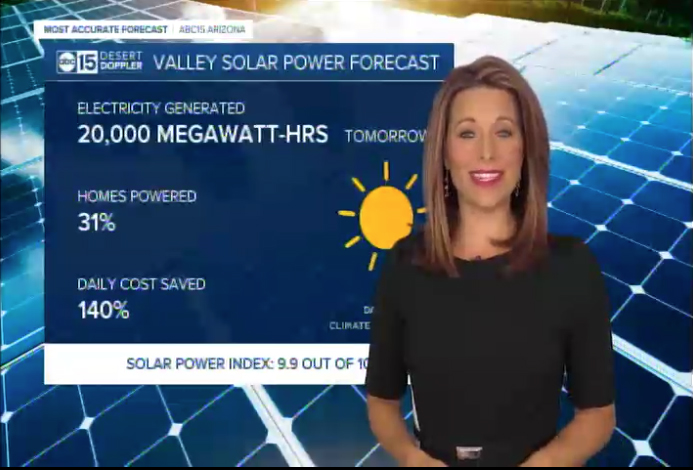
Although Realtime Climate has been “beta-tested” for over a year by a group of more than 1,000 meteorologists like Amber Sullins of KNXV in Phoenix, it’s still in its early stages. The Climate Central team plans to build out alerts for wildfires and droughts next. You can subscribe to the free Realtime Climate alerts here.
Valuable climate context starts with accurate data, graphics, and forecasting, but it doesn’t stop there. Audiences sometimes need to hear from trustworthy scientific voices who can explain climate conditions. In next week’s report, we’ll tell you about SciLine, a free matching service connecting journalists to more than 23,000 scientific experts.
Get the Lab Report: The most important stories delivered to your inbox